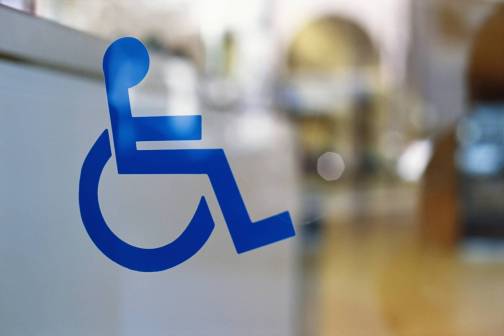Ohio launches next-generation 911 pilot program in two counties

Two counties in Ohio have fully migrated to next-generation 911, joining the push to transition from the nation’s aging emergency communications infrastructure that’s been in place for decades to the internet-based system that aims to make emergency management more efficient.
On Wednesday, Gov. Mike DeWine announced that Washington and Monroe counties are the first of ten pilot counties to implement the system in the state’s push to NG911, which reduces the number of call transfers between call centers, provides more accurate location data from callers using cell phones and supports image and video.
DeWine last year allocated $46 million of Ohio’s infrastructure costs for NG911 to help fund expanding the state’s two data centers, which store and manage geospatial data for the system in order to create, evaluate and map data for emergency calls.
“Every second counts when we are talking about saving lives,” DeWine said in a press release. “Next Generation 9-1-1 makes emergency services more efficient, especially in the rural areas of Ohio where it is critical to have strong and reliable communication infrastructure.”
Early data from Washington County, which launched its NG911 system on Dec. 18, shows a 37% increase in calls directly routed to the 911 center servicing location, eliminating the need for call transfers and saving critical time, said Angela Canepa, director of first responder communications initiatives at the Department of Administrative Services.
“It just saves the caller from having to repeat a lot of things,” Canepa told StateScoop in an interview. “It seem subtle, but think it’s going to make just a huge difference.”
Canepa said the pilot counties must successfully run NG911 for 120 days without any critical failures to be considered fully operational.
“We don’t want outages, that would be catastrophic. Obviously, we have redundancy built into the system so presumably that doesn’t ever happen,” Canepa said. “But are the calls being routed where they need to go? Is our GIS data working the way it should? Is there a reduction in the number of call transfers? That’s important.”
If a call needs to be transferred, she explained, the state’s NG911 system will transfer both the call and the accompanying data, including location, case notes, and any other media, like text messages, photos or videos, associated with the call.
“Text to 911 is also built in complimentary in our system. A lot of agencies currently pay for that, and some do not have it at all, because not all of them can afford it,” Canepa said.
With its pilot program, Ohio joins 15 other states that have fully migrated or are transitioning to NG911, including California, Iowa, North Carolina, Minnesota and Wisconsin, according to the National 911 Program.
Canepa said she expects the statewide system to be fully operational this spring and that counties outside the pilot program will have five years to migrate to NG911.
Brian Fontes, chief executive of the nonprofit National Emergency Number Association, called the announcement “a significant step forward for Ohio.”
“This technology enhances communication capabilities for citizens, reduces critical delays by minimizing call transfers, and allows for the caller to provide data associated with the call—all of which are crucial for saving lives,” Fontes wrote in an email to StateScoop. “Ohio’s progress is part of a broader national effort to modernize our 9-1-1 systems and ensure that communities across the country benefit from these advancements.”






